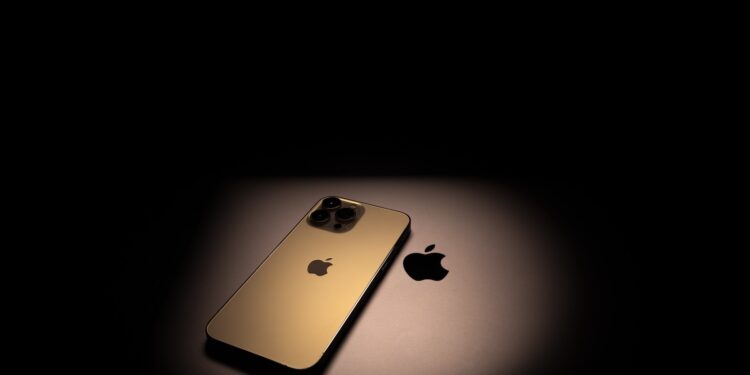Apple is facing economic headwinds. Investment bank JP Morgan has lowered its price target for Apple shares from $240 to $230. This is due to weak prospects for the iPhone business and slowing growth in the services sector. At the same time, Apple remains under scrutiny: How the company handles artificial intelligence, new products, and its supply chain in the coming years could be crucial for its future development.
If you own Apple shares or follow the company, this news is relevant. JP Morgan sees limited growth prospects for Apple in the short term – primarily because demand for new iPhones is declining and the services segment is no longer growing as strongly as before. The focus is gradually shifting toward long-term developments, such as AI features and a possible foldable iPhone. Read here what you need to know now.
iPhone sales: Demand is declining
JP Morgan expects sales of the upcoming iPhone 17 series to be weaker. This is partly due to the fact that many users have been updating their devices earlier than usual in recent years to avoid potential price increases due to tariffs. On the other hand, there are hardly any major technical innovations in the iPhone 17 models, which dampens their appeal. Specifically, the bank expects around 9 percent fewer iPhones to be produced compared to the iPhone 16. For 2025, JP Morgan expects approximately the same number of devices to be shipped as in 2024 – despite an expected decline in the second half of the year.
Services grow more slowly
The Services segment—revenue from iCloud, Apple Music, the App Store, and others—has been a stable source of income with high margins. But growth is also slowing here. JP Morgan has slightly lowered its forecasts for the coming quarters. Reasons for this include subdued consumer behavior and less dynamic market activity. This means that an important growth driver is disappearing, at least temporarily.
Supply chain under restructuring
Apple is relocating large parts of its production from China to India. The goal is to become less dependent on geopolitical risks and US tariffs. This measure will have a positive long-term effect, but in the short term, it won't help enough to offset the expected decline in demand. Higher production costs due to the restructuring will also impact profit margins.
AI as a beacon of hope – but not in the short term
In the long term, JP Morgan sees potential in Apple Intelligence – a new generation of artificial intelligence features. Major advances are expected with the iPhone 18, expected to be released in 2026. Among other things, a revised version of Siri is planned, which works with AI models directly on the device. This should ensure more precise, context-dependent answers. This version is not expected until iOS 26.4 at the earliest. At the same time, rumors are circulating about a foldable iPhone. Initial indications point to a possible start of production in the second half of 2025. The market launch could take place at the end of 2026. Until then, however, growth in the hardware sector will remain subdued.
Adjusted forecasts
JP Morgan's new assessment includes a slightly higher short-term revenue forecast for the iPhone, but simultaneously lower expectations for services and gross margins. The profit forecast for 2025 remains largely stable. For 2026 and 2027, the bank expects weaker unit growth and stronger price competition – also due to the ongoing cost effects of potential tariffs.
Apple in transition: Waiting for the next boost
Apple is in a transition phase. According to JP Morgan, the short-term outlook is subdued, primarily due to stagnating iPhone sales and slowing growth in the services segment. The company is currently focusing on margin control and structural adjustments to maintain investor confidence. Growth prospects are more likely in the medium to long term – especially if Apple manages to rekindle enthusiasm with Apple Intelligence and new hardware categories like the foldable iPhone. Until then, the coming quarters are likely to be more subdued for Apple. If you are invested in Apple or plan to be, it's worth looking ahead to 2026 and 2027, because that's when the real opportunity for a new surge in innovation lies. (Image: Shutterstock / Only_NewPhoto)
Disclaimer: No recommendation for investments
This article does not constitute financial or investment advice. The information contained herein is for journalistic and informational purposes only. Please conduct your own research or consult a financial advisor before making any investment decisions.
- Apple adapts EU model: New rules for app sales
- Apple considers acquiring Perplexity AI
- Apple must deliver – or buy external AI





